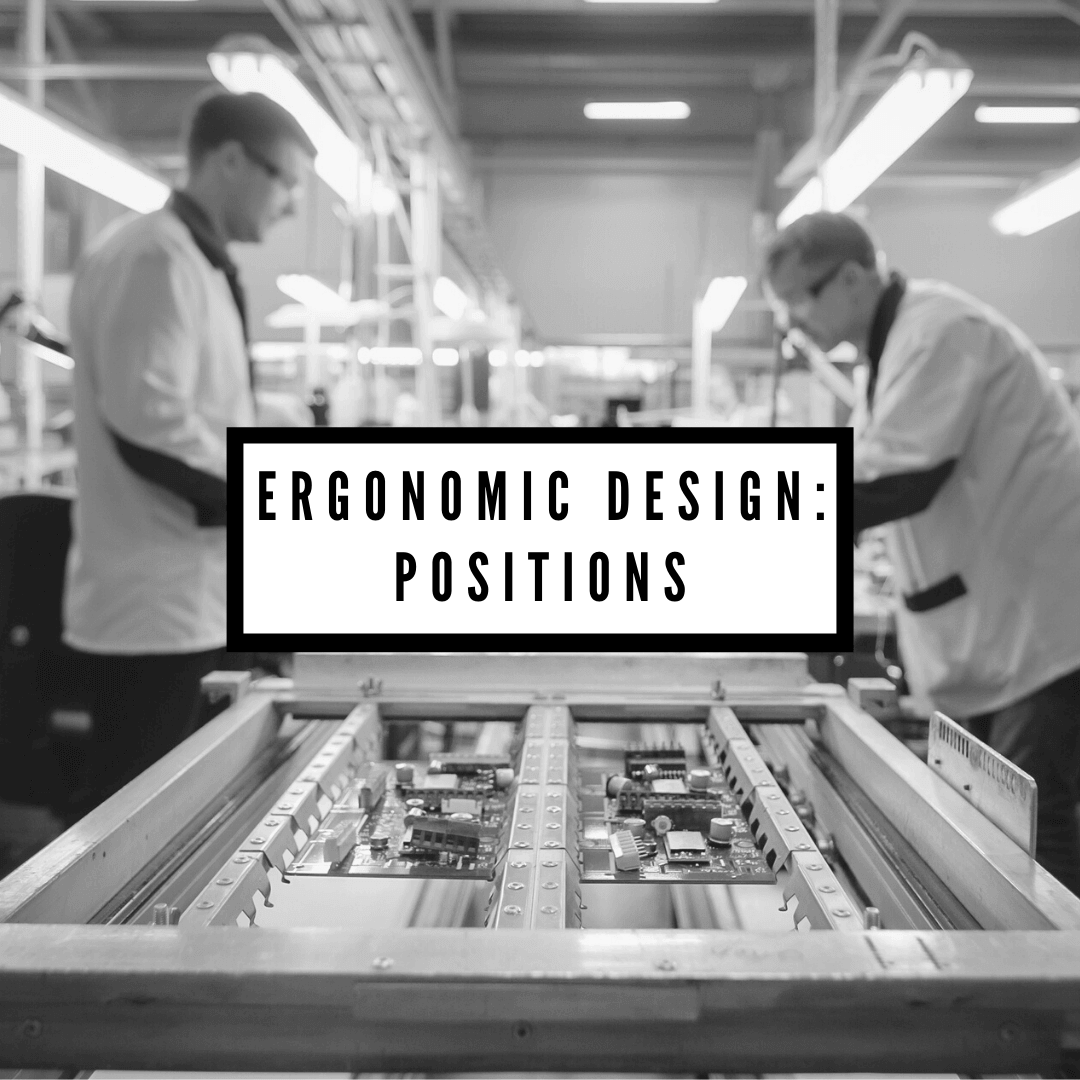Ergonomic Design: Work Intensity
The word ergonomics comes from two Greek roots. The first being Ergo, meaning work or task. The second root is Nomos, meaning law or statute. When we put them together, we can see that the word ergonomics effectively means, “the laws or statutes of work.” However, in a practical application of the word, we understand that ergonomics equates to being the law of completing work safely and comfortably. Understandably so, that makes ergonomics incredibly important when designing a workspace or manufacturing floor to operate safely and comfortably.
There are many things to consider when designing ergonomically focused workspaces. Today, let’s consider the intensity of the work task. Generally, work tasks will fall into one of three categories: Heavy, Light, or Precision.
Heavy tasks involve large amounts of muscle force. Examples would be lifting heavy objects or manipulating semi-malleable materials manually, etc. Oftentimes these tasks can result in acute injuries, or eventually long-term Musculoskeletal disorders (MSD). To alleviate concerns of such injury from heavy work, the best approach is to arm the workers with some form of mechanical advantage. This can be manifested through applying lifting equipment or other mechanical assistance when performing the tasks. All to reduce the bodily stress felt on the human body. Tasks that require high amounts of force exerted by a human being should always be approached with caution. Implementing ergonomic machinery that alleviate human muscle exertion into the modern workplace is imperative.
Light tasks typically involve very little effort to complete. Examples would be securing bolts in a manufacturing process or applying adhesives. Despite these tasks being of lower intensity to the human body, they are not without risks. Generally, such light work tasks turn into a very repetitive rhythm with a relatively fast cycle time. Such repetitive tasks can, as a result, cause injuries to soft tissues sustained from the exposed repetitive motions. There are multiple ways to address the risks associated with repetitive motions found in the light work category. Ensuring that the work object is positioned properly with a suitable work positioning device will decrease the likelihood that workers experience pain in muscles, joints, tendons, cartilage, or ligaments. Combined with allowing workers more variety in their work tasks, will make their jobs more physically and cognitively constructive.
Precision Tasks require high degrees of physical precision and mental focus. Examples of precision tasks would be assembling small objects or soldering circuit boards, etc. These types of tasks generally require a great deal of dexterity to perform the task accurately. For precision work, it is imperative that the object be placed in an appropriate comfortable position in the range of shoulder to eye level, in order to reduce the stress on the neck, shoulders, and spine. An optimum work position can easily be attained by using a multi-axis work positioning device.
When designing or redesigning a modern shop floor, it’s important to consider the intensity each work task will exert on the workers’ body. Each genre of work requires different ergonomic solutions to provide safety, comfort, and employee health. No matter what work is done in your workplace, focusing on Good Ergonomics provides Good Economic results, manifested as reductions in injuries and rehabilitation costs, while simultaneously increasing production efficiency, quality, and overall employee satisfaction.



